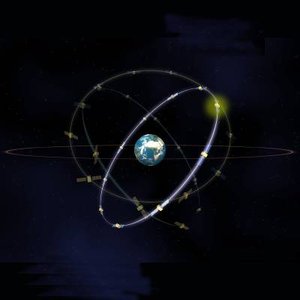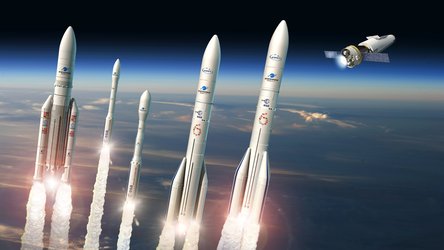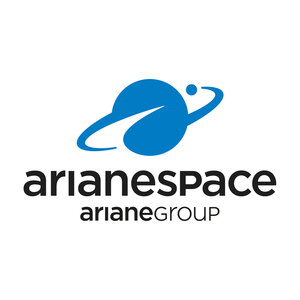Artemis launch
Artemis is targeted for launch into space on flight Ariane 510 from Europe's spaceport in Kourou, French Guiana on 12 July 2001.
After lift-off the launcher will climb vertically for about five seconds and then rotate and head eastwards. After some 600 seconds the first stage is subsequently jettisoned to fall back into the Pacific Ocean.
In order to propel Artemis into orbit, the final stage of the Ariane 5 will have to reach a velocity of approximately 9,000 metres/second and an altitude close to 1,600 km. This will place the satellite into what is known as an 'elliptical geostationary transfer orbit', which has a low point (perigee) of 600 km and a high point (apogee) of 36,000 km. At this point the Ariane 5 will have completed its main task and the 3,100 kg Artemis satellite will continue alone on its journey to geostationary orbit some 36,000 km above the Earth.
In total the journey will take just over five days. Once in its exact orbital position Artemis will then undergo a three-month commissioning phase.
Pre-launch countdown

Since its shipment to Kourou in early March, the satellite has undergone extensive tests to ensure it is in prime condition. Ongoing checks between the Fucino-based control centre in Italy and the ground network of operational stations world-wide are also underway.
Rehearsals of the launch and early operational procedures have been completed in the first stages of an intensive eight week pre-launch campaign - a final and detailed programme of checks and validation of all satellite functions and ground systems - started in late May.
The Final Preparations

8 weeks - At this stage the Artemis 'nickel-hydrogen'battery is installed. Consisting of two halves, each 64 cms long by 22 cms high, the battery is equivalent in capacity to a large car or small agricultural tractor but with a voltage about four times higher. After installation all electrical connections are checked.
The satellite's solar arrays are checked to ensure they have not degraded during transportation or storage. The mechanical and electrical elements of the solar array interfaces on the spacecraft are first checked before the solar arrays are deployed within a special rig, which is then joined to the satellite horizontally. The wings are then folded onto the spacecraft walls, the hold-down cables tensioned and final inspections made.
5 weeks - Batteries are charged and tested.
4 weeks - 260 kg of liquid propellant as well as 44 kg of Xenon propellant is loaded onto the spacecraft. As a hazardous operation, blast shields are used within the building, guards and road barriers keep traffic away from the area, and loading personnel wearing special protective suits are watched over by medical teams and a fire brigade.
8 days - Artemis is handed over to Arianespace and positioned under the fairing on the launch pad.
2 days - Countdown procedure begins at which time all elements of the launcher, spacecraft, control station and tracking stations are finally checked.












